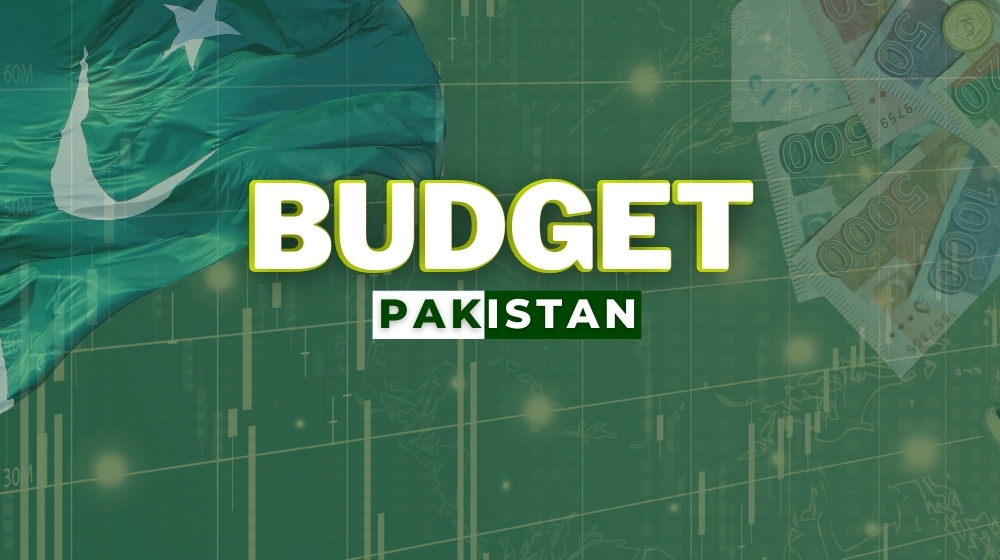India's Ambitious Growth Target: 8% Annual Expansion Needed to Navigate Geopolitical Headwinds

New Delhi – In a challenging global landscape marked by geopolitical uncertainties, India's finance ministry has emphasized the need for sustained economic growth, aiming for an ambitious 8% annual expansion over the next decade. This target, communicated to a parliamentary panel, underscores the government's commitment to maintaining momentum and bolstering the nation's economic resilience.
The ministry's outlook hinges on a robust domestic demand and a surge in investments, which are projected to be the primary engines driving this growth. While acknowledging the external pressures stemming from ongoing geopolitical tensions – including trade wars, conflicts, and supply chain disruptions – officials remain optimistic about India's inherent strengths and potential.
Why 8%? This growth rate is crucial for India to create sufficient jobs for its burgeoning population and to lift millions out of poverty. Achieving this target would also solidify India’s position as a major global economic power, attracting further foreign investment and enhancing its influence on the world stage.
Domestic Demand as the Key Driver: The finance ministry’s focus on domestic demand reflects a strategic shift towards reducing reliance on external factors. Government initiatives aimed at increasing disposable incomes, improving infrastructure, and promoting consumption are expected to play a vital role. The 'Make in India' campaign, focusing on local manufacturing and reducing import dependence, also aligns with this strategy.
Investment Surge: Attracting both domestic and foreign investment is paramount. The government is actively working to streamline regulations, improve the ease of doing business, and create a more predictable policy environment. Recent reforms in labor laws and taxation are designed to incentivize investment and boost economic activity.
Navigating Geopolitical Uncertainties: The ministry recognizes the significant risks posed by the current global environment. Strategies to mitigate these risks include diversifying trade partners, strengthening supply chain resilience, and promoting self-reliance in key sectors. Furthermore, proactive engagement with international organizations and bilateral partners is seen as essential for navigating these turbulent times.
Challenges Ahead: Despite the positive outlook, significant challenges remain. Global inflation, rising interest rates, and potential slowdowns in major economies could all impact India’s growth trajectory. Ensuring fiscal discipline, managing debt levels, and addressing structural bottlenecks within the economy will be crucial for sustained success.
Looking Ahead: India's commitment to achieving 8% annual growth demonstrates its ambition and resolve. By focusing on domestic demand, attracting investment, and proactively addressing geopolitical risks, India aims to solidify its position as a leading global economy and create a brighter future for its citizens. The coming years will be critical in determining whether India can successfully navigate these challenges and achieve its ambitious goals.






